Exercise for Senior Dogs
Introduction
As dogs grow older, their bodies go through many changes, including slower movements, stiffer joints, and a noticeable drop in energy levels. Although it’s common to assume that older dogs should slow down, the reality is that regular exercise is more crucial than ever for senior dogs. Much like humans, they gain significant physical and mental benefits from staying active. Regular, age-appropriate activity helps manage weight, supports joint health, and reduces the risk of chronic illnesses such as arthritis and heart disease.
However, exercise for senior dogs isn’t about intensity or high-impact routines. It’s about consistency, moderation, and understanding your dog’s individual needs. Tailored exercises can help aging pets maintain mobility, stay mentally sharp, and enjoy a better quality of life in their golden years. Whether it’s a leisurely walk, gentle stretching, or even low-impact games, every bit of movement can make a big difference.
Ignoring the need for exercise for senior dogs can lead to faster physical decline, muscle loss, and behavioral issues stemming from boredom or frustration. By incorporating safe and enjoyable activities into your senior dog’s daily routine, you’re not only extending their lifespan but also enhancing their happiness.
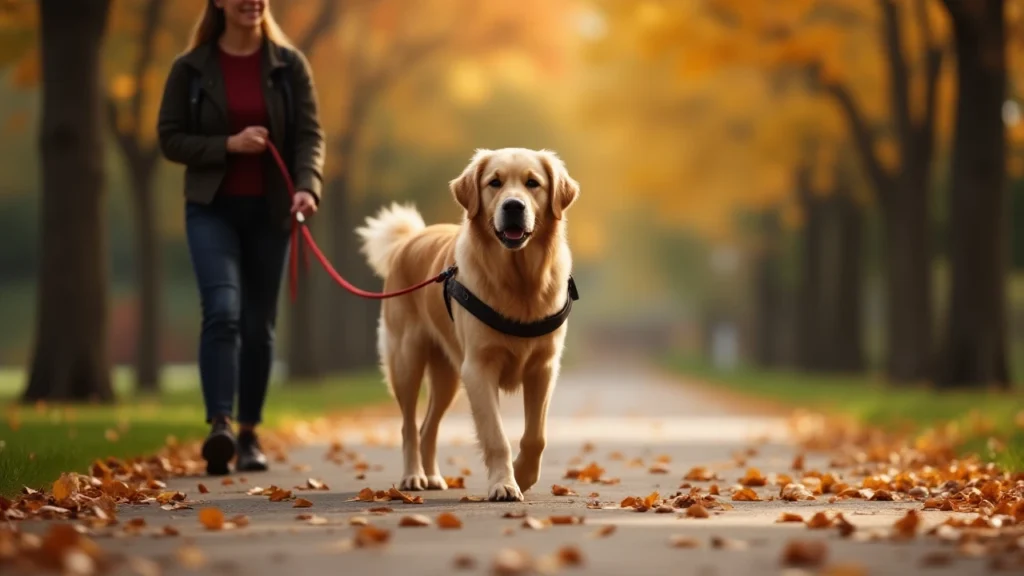
In this guide, we’ll explore the best types of exercise for senior dogs, how to build a safe routine, and tips to recognize when your dog needs rest. With the right approach, your aging companion can stay active, alert, and full of life for years to come.
Why Exercise Matters for Senior Dogs
As dogs grow older, their physical and mental requirements change. While it’s easy to assume older dogs should rest more, the truth is that regular exercise for senior dogs is essential for promoting overall well-being. It supports mobility, reduces the risk of age-related conditions, and keeps their minds sharp.
Health Benefits of Exercise for Senior Dogs
Consistent exercise for senior dogs provides a wide range of health advantages. One of the most significant benefits is improved joint health. Gentle movement helps reduce stiffness and inflammation, especially in dogs suffering from arthritis. Maintaining a healthy weight through regular activity also reduces stress on aging joints and bones.
In addition to physical benefits, exercise also plays a vital role in mental stimulation. Many older dogs experience cognitive decline as they age, which can lead to confusion, anxiety, or even depression. Engaging their senses and keeping their minds sharp can be achieved through activities like brief walks, scent-based games, or interactive puzzle toys.
Preventing Common Age-Related Issues
Lack of exercise for senior dogs can lead to rapid physical decline. Without movement, muscle mass diminishes, energy levels drop, and mobility becomes increasingly limited. Senior dogs are more susceptible to obesity, which can aggravate health issues such as diabetes, arthritis, and heart disease.
By encouraging daily low-impact activity, you help your dog maintain strength, coordination, and flexibility. This not only improves their quality of life but also helps prevent unnecessary trips to the vet caused by avoidable health issues.
Supporting Emotional Well-being
Physical activity is not just about health, it also enhances senior dog care by keeping your pet emotionally balanced. Dogs thrive on routine, attention, and interaction. Through consistent, safe exercise for senior dogs, you foster a strong bond and help them feel more secure, happy, and loved during their golden years.
Safe and Effective Types of Exercise for Senior Dogs
As dogs get older, it’s natural for their energy levels and physical capabilities to decrease. That’s why choosing the right types of exercise for senior dogs is essential. The aim is to keep them moving and engaged without placing excessive stress on their joints and muscles. With age-appropriate and joint-friendly options, you can maintain your dog’s health and happiness well into their senior years.
Low-Impact Walks for Daily Movement
Walking continues to be one of the most beneficial forms of exercise for older dogs. Short, slow-paced walks on soft surfaces like grass or dirt trails provide gentle movement that promotes mobility and joint flexibility. Avoid rough terrain or long distances, and always pay attention to signs of fatigue or discomfort. Using a supportive harness can also make walks safer and more comfortable for aging dogs.
Swimming for Joint-Friendly Exercise
Swimming is an excellent low-impact workout that reduces pressure on aging joints while strengthening muscles. This type of exercise for senior dogs is particularly beneficial for those with arthritis or hip dysplasia. Supervised swims in calm waters or dog-friendly pools offer a full-body workout without the risk of injury common with land-based exercises.
Indoor Play and Puzzle Activities
Mental and physical stimulation go hand in hand, especially when weather or mobility limitations restrict outdoor activity. Interactive toys, treat-dispensing puzzles, and short indoor fetch sessions can provide gentle senior dog exercise that engages both body and mind. These activities are perfect for maintaining daily movement and preventing boredom.
Canine Stretching and Mobility Exercises
Basic stretching routines and gentle mobility exercises can enhance circulation, flexibility, and muscle strength. These activities are great warm-ups or cooldowns in any exercise for senior dogs and can be done at home with minimal equipment.
Tips for Creating a Senior Dog Exercise Routine
Establishing a consistent and appropriate exercise routine for senior dogs is key to supporting their long-term health. Older dogs may not have the stamina or flexibility of their younger selves, but they still need regular movement to maintain strength, mental alertness, and emotional well-being. A thoughtful, customized routine ensures your senior dog gets the right amount of activity without risking injury.
Start Slowly and Monitor Their Response
When introducing exercise for senior dogs, always begin with short, low-impact sessions. Observe how your dog reacts during and after each activity. Signs like heavy panting, limping, or excessive fatigue may indicate the need to reduce intensity. Senior dog fitness is about consistency, not speed or endurance.
Gradually increase the duration or variety of activities only if your dog shows signs of comfort and enjoyment. Remember, their health conditions and limitations should always guide the pace.
Match Exercises to Your Dog’s Breed and Needs
Different breeds age at different rates and have varying physical capabilities. A senior Labrador may still enjoy longer walks, while a smaller breed like a Chihuahua may need gentler indoor games. Customize your senior dog’s exercise plan based on their size, age, and health history. It’s always smart to consult a veterinarian before beginning any new fitness routine.
Keep the Routine Flexible and Fun
Flexibility is important. Some days your dog may feel more energetic, while on others they may need extra rest. Incorporating variety, like alternating between short walks, gentle fetch, and interactive toys, helps keep your dog engaged and motivated. A flexible approach makes exercise for senior dogs more sustainable in the long run.
Allow Ample Rest and Recovery
Older dogs need more rest between sessions. Be sure to incorporate restful downtime into the routine to allow muscles time to recover. Balanced rest is just as essential as the activity itself in any successful senior dog exercise plan.
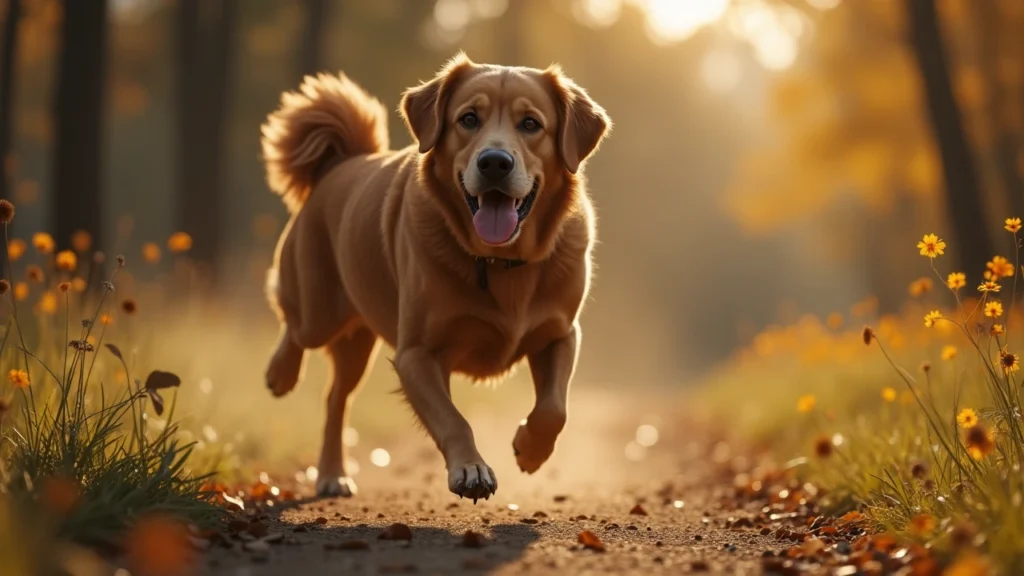
When to Avoid Exercise for Senior Dogs
While regular movement is beneficial, there are times when exercise for senior dogs should be limited or avoided altogether. Not all physical activity is appropriate for older dogs, especially when underlying health conditions are present. Recognizing when to rest instead of push can prevent injury and improve your dog’s overall well-being.
Health Conditions That Restrict Exercise
Some senior dogs suffer from chronic conditions that make exercise risky. If your dog has advanced arthritis, heart disease, severe joint degeneration, or breathing issues, they may not tolerate even low-impact activity. In such cases, it’s essential to consult your veterinarian before continuing or beginning any exercise for senior dogs. A professional can provide safe alternatives or rehabilitation options like hydrotherapy or passive movement therapy.
Post-Surgery or During Recovery Periods
If your senior dog has recently undergone surgery or is recovering from an illness or injury, it’s important to limit physical activity until cleared by a vet. Even gentle exercise for senior dogs may delay healing or cause setbacks if introduced too soon. Prioritize rest, and only reintroduce activity based on professional advice.
Warning Signs to Watch During Exercise
Consistently observe your dog both during and after any physical activity. If you notice symptoms such as:
- Excessive panting
- Limping or stiffness
- Collapse or dizziness
- Whining or reluctance to move
…it’s time to stop and reassess. These may be signs that the chosen exercise for senior dogs is too intense or inappropriate. Ignoring these signs can lead to pain, exhaustion, or more serious complications.
Adjusting Activities as Your Dog Ages
Aging is an ongoing process. What works for your senior dog this month may not be suitable next year. Adjust your routine regularly and prioritize gentle, health-focused movements that align with your pet’s current abilities and medical needs.

Supplements and Diet to Support Mobility in Senior Dogs
Maintaining good nutrition and joint health becomes increasingly important as dogs age. When combined with appropriate exercise for senior dogs, the right diet and supplements can dramatically improve mobility, comfort, and quality of life. Tailoring your senior dog’s nutrition ensures they have the energy and joint support needed for daily movement.
Adjusting Nutrition for Aging Bodies
Older dogs don’t need as many calories as they once did, but they do require higher-quality nutrients. Protein remains crucial for maintaining lean muscle mass, which supports movement and reduces strain on aging joints. Including antioxidants, essential vitamins, and easily digestible ingredients in your dog’s meals will better support their energy levels during regular exercise for senior dogs.
Avoid fillers, excessive carbohydrates, or high-fat diets, which can contribute to weight gain, a common issue that complicates mobility and increases stress on the joints.
Natural Supplements to Aid Mobility
Joint-friendly supplements are often recommended for senior pets, especially those experiencing stiffness or early signs of arthritis. Ingredients like glucosamine and chondroitin help nourish cartilage and ease discomfort. Fish oil and flaxseed oil, both high in omega-3 fatty acids, can help ease joint inflammation and promote smoother mobility.
When combined with gentle exercise for senior dogs, these supplements enhance flexibility and promote better long-term joint health. Always opt for veterinarian-approved products and introduce them slowly and carefully.
Supporting Weight and Joint Function
Carrying extra weight is one of the main obstacles to effective exercise in senior dogs. Obesity worsens joint conditions and can discourage your dog from being active. By offering portion-controlled meals and encouraging consistent movement, you’ll help your pet maintain a healthier body and reduce pressure on their bones and ligaments.
Vet Guidance Is Essential
Consult your veterinarian before altering your dog’s diet or introducing any supplements. Each dog’s needs vary depending on age, breed, and existing health conditions. A personalized plan ensures your approach to exercise for senior dogs is supported from the inside out.
Conclusion: Keeping Your Senior Dog Active and Healthy
Caring for an aging dog comes with unique responsibilities, and one of the most impactful ways to support their overall well-being is through consistent, gentle exercise for senior dogs. While they may no longer chase balls with youthful vigor or take long hikes, senior dogs still need regular physical activity to maintain healthy joints, manage weight, and stay mentally stimulated.
The key is to adjust the intensity and type of exercise to suit your dog’s age, health condition, and mobility level. Low-impact activities like short walks, swimming, and light playtime offer safe ways to keep your pet moving. These joint-friendly routines not only help preserve flexibility but also improve circulation, heart function, and mood.
Proper exercise for senior dogs also works best when paired with a supportive lifestyle. A nutrient-rich diet, regular vet checkups, and targeted joint supplements create the foundation for long-term health. Paying attention to early signs of discomfort or fatigue during activities allows you to tailor routines as your dog’s needs evolve.
Additionally, engaging in regular exercise for senior dogs strengthens the bond between you and your pet. These moments of shared activity, even if brief, reinforce trust, comfort, and emotional connection. For dogs experiencing cognitive decline, movement and stimulation can slow mental deterioration and reduce anxiety.
Remember, every dog is different. What works for one senior pup might not suit another. Be patient, observant, and flexible. If your dog shows joy, improved mobility, and steady energy levels, your routine is likely on the right path.
In the end, thoughtful exercise for senior dogs is about more than physical fitness, it’s about honoring your pet’s golden years with care, compassion, and attention to their changing needs.
FAQs: Exercise for Senior Dogs
1. Is daily exercise necessary for senior dogs?
Yes, but tailored to their abilities.
Senior dogs still benefit greatly from consistent movement, but it’s crucial to adjust the intensity. A slow-paced walk or short play session helps maintain muscle tone and prevents stiffness. Gentle exercise for senior dogs promotes circulation and supports aging joints, even if done in small increments.
2. What kind of activities are safe for aging dogs?
Think soft, short, and simple.
Safe exercise for senior dogs includes short neighborhood strolls, walking on grass or sand, swimming in shallow water, or even mental games that get them moving. Activities should be non-strenuous and focus on mobility without exhausting your pet.
3. Can over-exercising harm older dogs?
Absolutely, and it’s easy to miss the signs.
Pushing your senior dog too hard can lead to soreness, fatigue, or even injury. Signs like limping, heavy panting, or slowing down abruptly during walks suggest you should ease up. A customized exercise for senior dogs avoids strain and supports longevity.
4. How do I know if my dog’s exercise routine is working?
Energy, appetite, and comfort are good indicators.
When your dog finishes their daily activity with a relaxed attitude, a healthy appetite, and no limping or stiffness, it means their exercise for senior dogs plan is just right. Improvement in mood and mobility are strong signs you’re on track.
5. Should older dogs with arthritis still exercise?
Yes, with vet-approved activities.
Even arthritic dogs need movement to stay mobile. The right kind of exercise for senior dogs with joint problems includes slow walks, underwater treadmills, or stretching exercises recommended by a vet. These can reduce stiffness and pain over time.

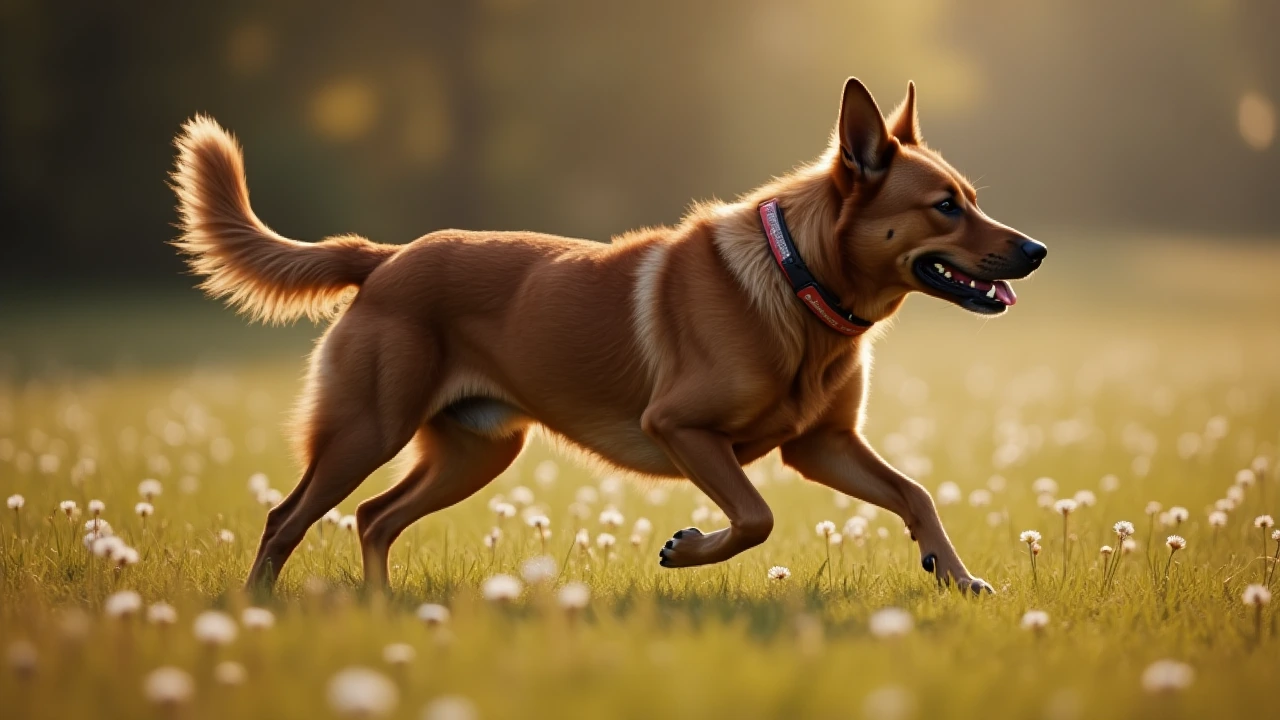


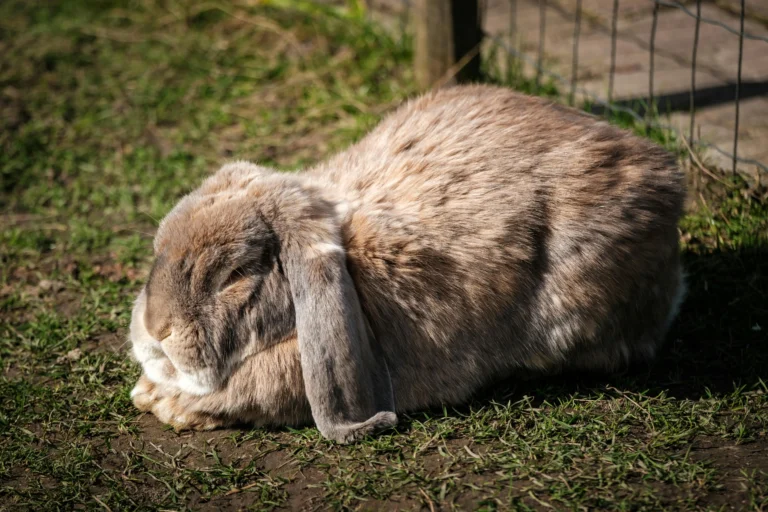

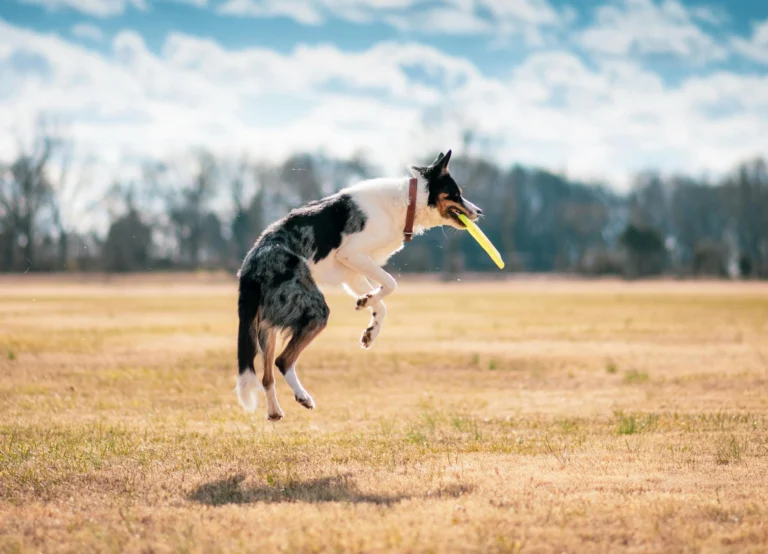
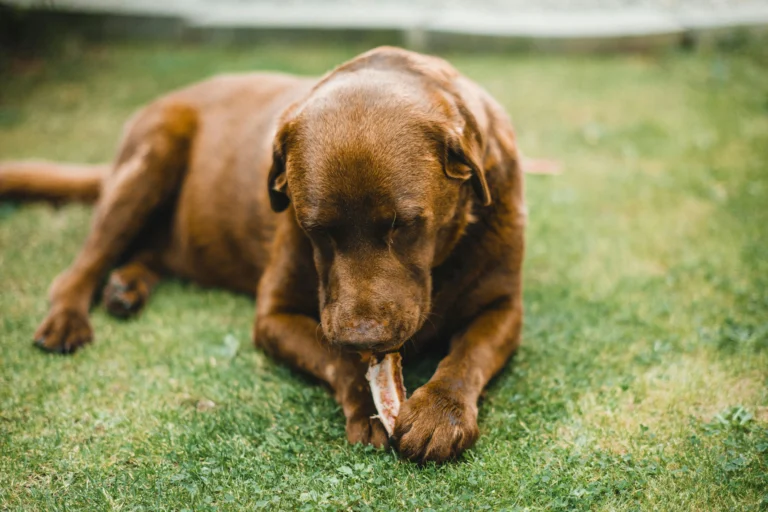
One Comment